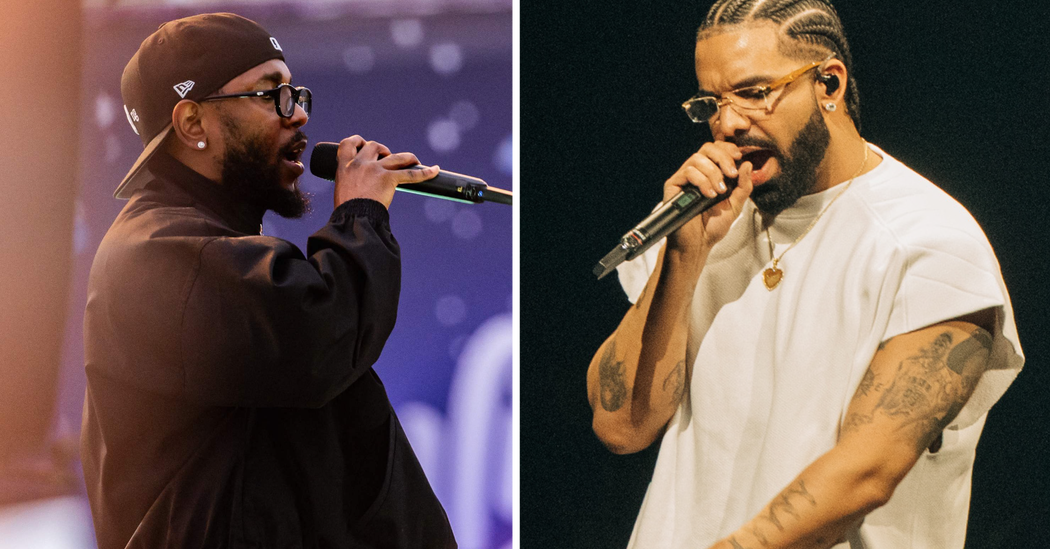Without immediate confirmation from Drake or his representatives, fans traded theories online about the mixing quality of the song, dug for clues from the lyrics and compared it with other Drake tracks. Eventually, a new version was released and the rapper began posting oblique references to it on his Instagram, satisfying most internet sleuths that it was the real deal.
In many ways, a rap beef is fertile ground for A.I. impersonation. The songs are usually not released through a rapper’s record label; they often appear online in early or unfinished forms, and they generally prize insults and barbs over songcraft. No one expects a sterling Drake hook and polished production on a track churned out quickly.
The cycle was repeated on April 15, when a Lamar response surfaced online: That one, called “One Shot,” was a fake. A Los Angeles rapper ultimately took credit for the dupe, releasing videos showing his methodology. He produced and rapped the track the old-fashioned way, before putting his voice through a Lamar vocal filter.
Drake followed up with “Taylor Made Freestyle” and posted it on his official Instagram, but listeners immediately had questions. The first voice on the track belonged to Tupac Shakur, the long-deceased rapper, dissing Lamar in a suspiciously Drake-like cadence. After those earlier doubts swirled about whether “Push Ups” had been made via deepfake technology, Drake used it to rap in character as Tupac and Snoop Dogg.
Within a week of Drake releasing “Taylor Made Freestyle,” the Shakur estate reacted. According to a cease-and-desist letter obtained by Billboard, the estate’s lawyer, Howard King, wrote that the song was “a blatant abuse of the legacy of one of the greatest hip-hop artists of all time” and demanded its removal. Last Thursday, Drake took the song off his social media pages.
Rap beef is big business. “Like That” spent two weeks at No. 1 on Billboard’s Hot 100 chart, and the continuing feud between Lamar and Drake remains the most pressing topic of the day for hip-hop media. Still, the possibility of deepfakes muddying the waters is presenting new challenges for those who cover the back and forth.





